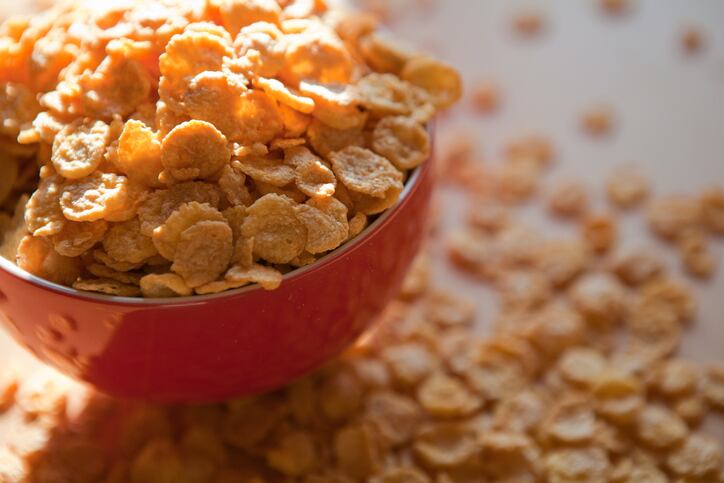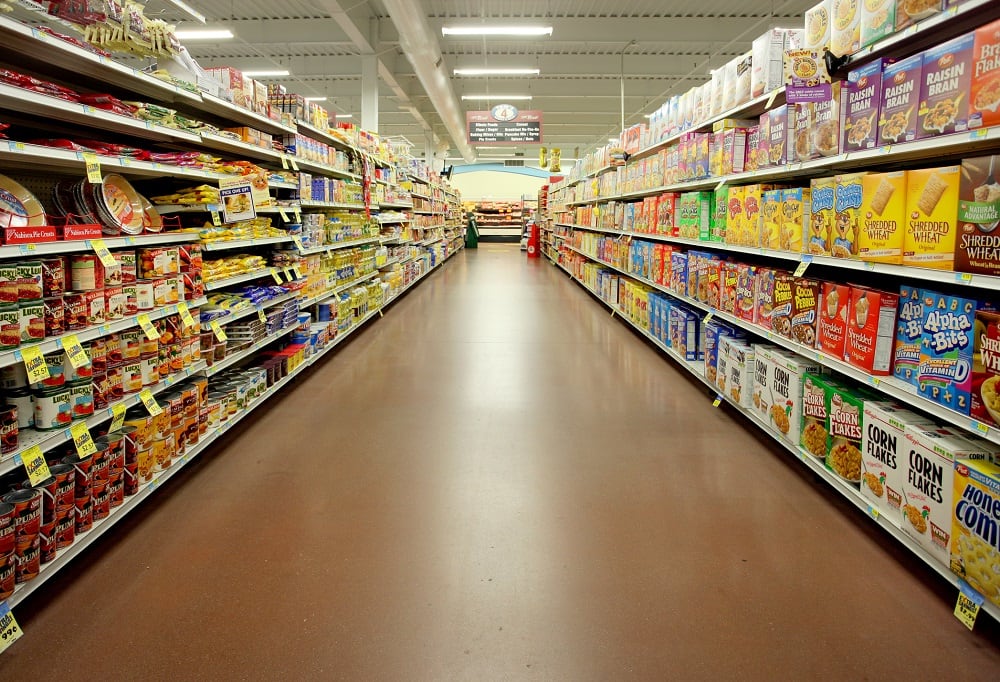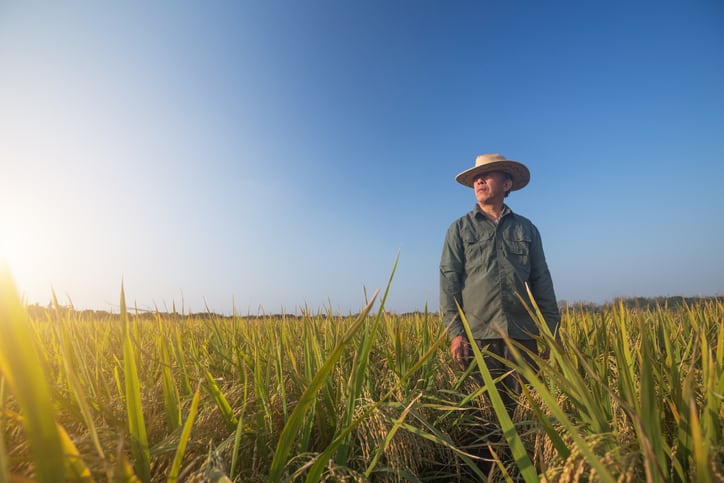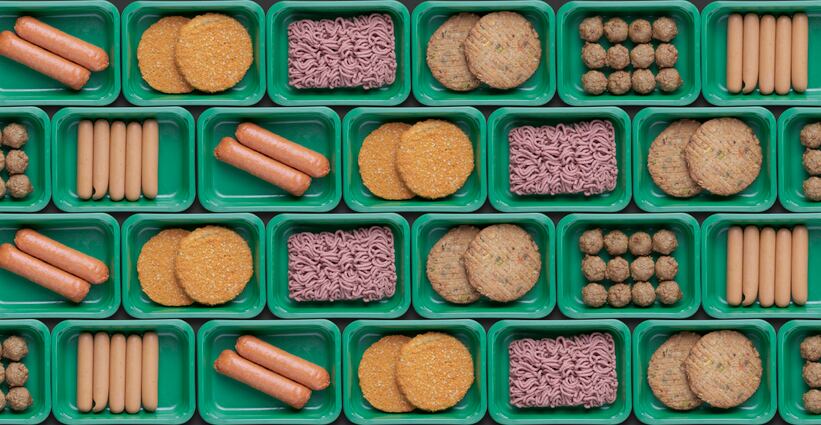A three-alarm fire at Kellogg’s Memphis facility last July and a multi-month strike by union members at four of its US cereal plants at the end of the year hindered Kellogg’s ability to produce sufficient supplies of its popular cereal – hampering year-over-year net sales and consumption, and dragging down the company’s North American business, overall profits and margins, executives said during Kellogg’s first quarter earnings call yesterday.
The events dragged down the company’s operating profit and volume in the first quarter, but higher prices and a strong US dollar helped compensate for the losses so that the company’s organic growth came in 4.2% higher the period over the same time last year. Adjusted earnings per share were also up 1%.
While the company’s reported operating profit was up a strong 10%, its adjusted operating profit dipped slightly by 2% in the first quarter of 2022 against last year’s double-digit gains, primarily due to the wraparound impact of the fire and strike. Both incidents also accounted for nearly half of the total company’s 5.7%year-on-year volume decline in the quarter.
‘2022 is all about recovering’
Despite the negative impact, Kellogg executives are optimistic about the cereal segment’s recovery – noting a faster than expected inventory build that is fueling a steady increase in distribution points and category share.
“2022 is all about recovering from last year’s fire and strike. As you know, we entered the quarter with very low finished goods inventory, which obviously hampered our net sales and consumption year on year,” CEO Steve Cahillane said.
But, he added, “the good news is that our first order of business in quarter one was restoring production in our four affected plants, which our team achieved ahead of schedule.
“With demand holding up well and retailers anxious to restore their inventories, we were able to ship out more product in the first quarter than we anticipated,” which “certainly will help us improve consumption, going forward.”
Indeed, the company’s share of the US cereal category is at about 27%, which is slightly less than where it was in October 2021 when the strike began, but significantly higher than the 23-24% range where it was in late December when the strike was resolved. Likewise, Kellogg’s total distribution points percent change also is recovering since the strike was resolved.
“This sequential improvement is what we expect to continue to realize as we get through the first half” of this year, Cahillane said. “Our goal is each and every week to continue to build our [total distribution points] and each and every week to continue to accelerate our share momentum and get back to where we belong, because the brands are still incredibly strong, relationships with retailers continue to be very, very strong, and we’re working together to get this business back to where it belongs.”
Marketing acceleration planned
He added that as inventories rebuild, Kellogg will accelerate commercial activity so that in the back half of the year it will have resumed fully for its cereal portfolio.
“We’re pleased about the progress to date, but we remain very aggressive in terms of making sure that we continue the progress that we’ve seen so far,” he added.
Based on this strength as well as price realizations to help offset higher inflationary costs and a strategically reshaped portfolio, the company is raising its full year guidance so that it now expects organic basis net sales growth of about 4% versus its previous estimate of 3%. Profit guidance, however, remains unchanged at 1-2% adjusted EBIT.




